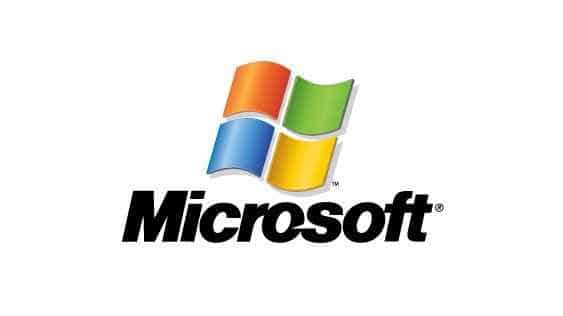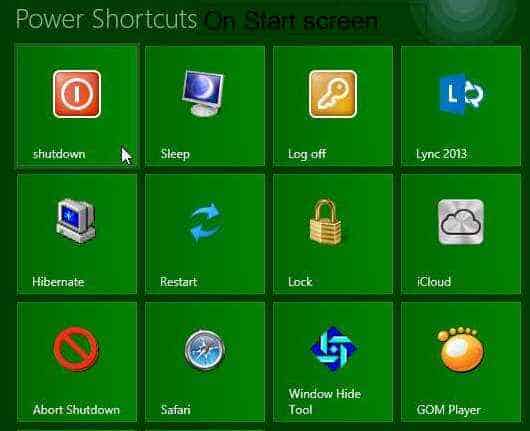Android Automation System Project Explanation
We live in a technological era as most of the tasks are automated; home automation is commonly used to help us manage our daily routine. Electronic systems like security systems, TV equipment, and DIY standing desks are some of the automated services often used at home. People prefer automated home system because of the numerous benefits. Home-automated systems make life easier; they save time, money and make us feel more secure. Some of the home-automated devices include Arduino, WI-Fi, X10, UPB, Z-Wave. Some of these home automated devices can be operated using Android phones.
 Everyone is becoming more concerned about their health, as it turns out; sitting down for long is considered unhealthy because it affected the body structure. The solution is simple, creating devices that are flexible and enables users to move around or work while standing. DIY standing desk solves all these problems.
Everyone is becoming more concerned about their health, as it turns out; sitting down for long is considered unhealthy because it affected the body structure. The solution is simple, creating devices that are flexible and enables users to move around or work while standing. DIY standing desk solves all these problems.
DIY standing desks are adjustable desks that take half the available space reserving the remaining space for movement. Users can adjust the desk to work more comfortably. Since the structure is a 2x4s and uses sawhorse brackets, users can easily adjust the height to the preferred level. Creating a DIY desk requires simple tools like a single motor system or a frame with a dual motor system. The other items needed are a heavy day steel structure and a top size support wood of 72×46 Max and 46 x23 min with ¾ thicknesses. The smart desk offers unparalleled performance; automated home devices make life more convenient and save energy, wireless communication devices can remotely control most of the home appliances.

The automation process is operated using sensors that detect either motion, temperature and sends information to the central devices to facilitate movement. Sensors come in different forms like current transformers, photograph detectors, and even pressure sensors. Sensors require certain conditions to promote movement after receiving a signal. The controllers used to operate automated home appliances can also be in the form of personal computers, smartphones like Androids and touch pads. Controllers are connected to the central devices, this connection enables the central device to receive a signal from the sensors before a task is executed. Such operations are supported by certain types of application programmed to suit different needs.
Certain applications facilitate communication between the sensors and the actuators through various inputs and output components, whether it is in the form of analog or digital process. Android is an example of an operating system application designed for mobile phone and tablets usage. Android operating systems are software used to perform different functions. The Android software utilizes the ARM design, and it is an open operating system whereby anyone can easily access it. Android operating systems support millions of other applications. Such communication system enables home-automated devices to operate from a remote access.
The Android operating system helps in continuous observation through surveillance with the camera, which is ideal for disabled people or older people. In the modern world, everyone is addicted to modern technology; various Android applications are developed to meet different needs. Androids systems are used as a remote control to manage most of the home appliances. Most households have adopted smarter ways of operating their appliances for centralized switches placed in various places. However, not many people can easily reach these switches, especially those with certain disabilities. The Android home-automated systems offer the best solution for operating home equipment. Remotely controlled Android systems are wireless products used in operating equipment after it receives a notice from the Android device sent by the user. The information is received using coded messages, which is in the form of a password only known to the mobile phone user.

The Android-based home application uses an 8051 microcontroller the enable the loading of the interfaced with the microchips using an Opt Isolator and a TRIACs. Operations can be done remotely using mobile Smartphones comprising of graphical user interfaced that simply operate by the touch on the screen. Android system contains hardware and software components like microcontroller unit, the Bluetooth, an LCD, capacitor, transformer, regulator, and language embedded Cor Hex Assembly a resistor and the Android application.

GUI is a user interfaced that forms part of the Android operating system enabling users to communicate with electronic devices using graphical presentation. Such technology is commonly found in household equipment. Android-based mobile phones also operate as a transmitter as it sends the commands that permit the device to either to turn on or off after receiving the instruction from the sender. Wireless technology operates remotely as a transmitter that loads the command needed to set the automated home appliances into motion.
There are numerous advantages of such application at home because the process does not require a complex connection; information is readily displayed on the LCD using wireless processes. Android system is easy to operate and consume minimal energy compared to other automated devices. Using Android systems, communication is more efficient with fewer errors and minimal maintenance.






